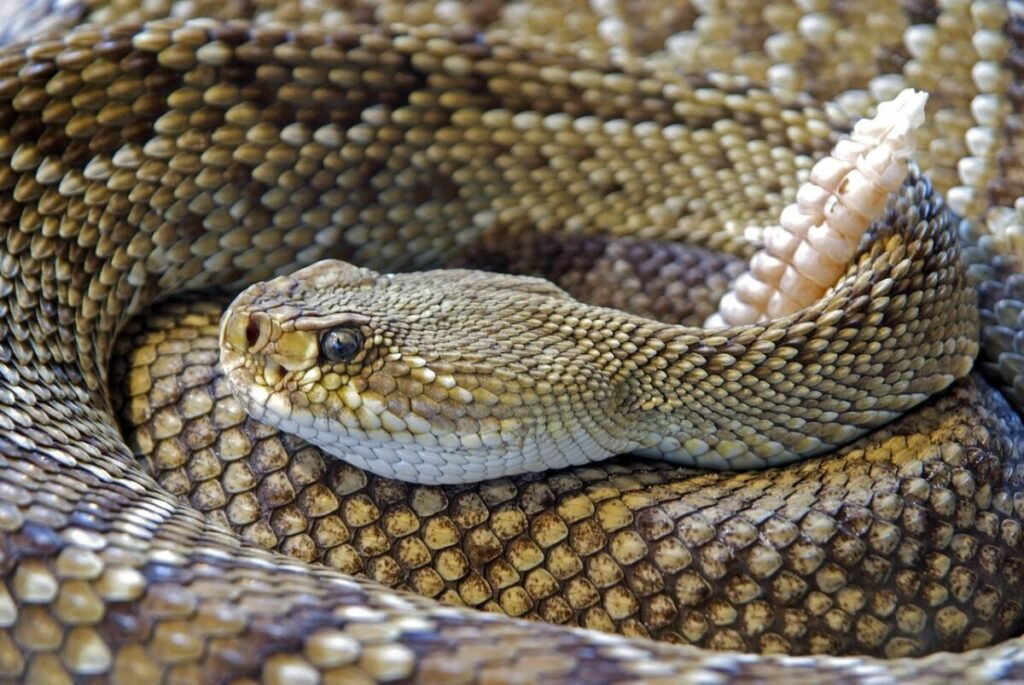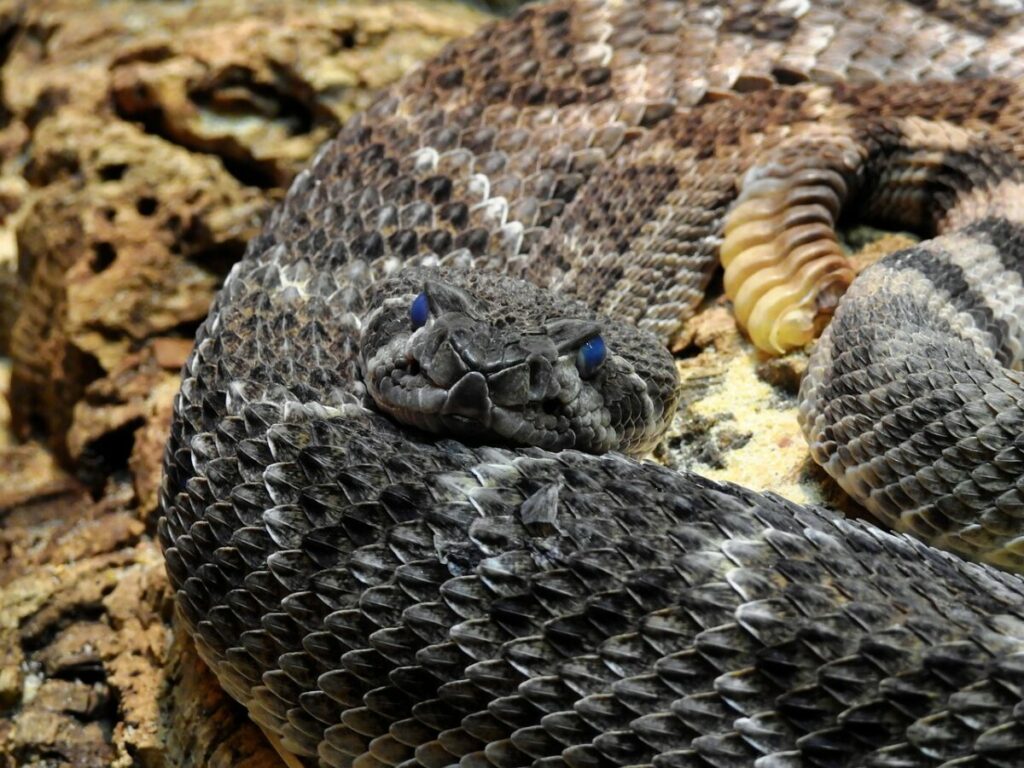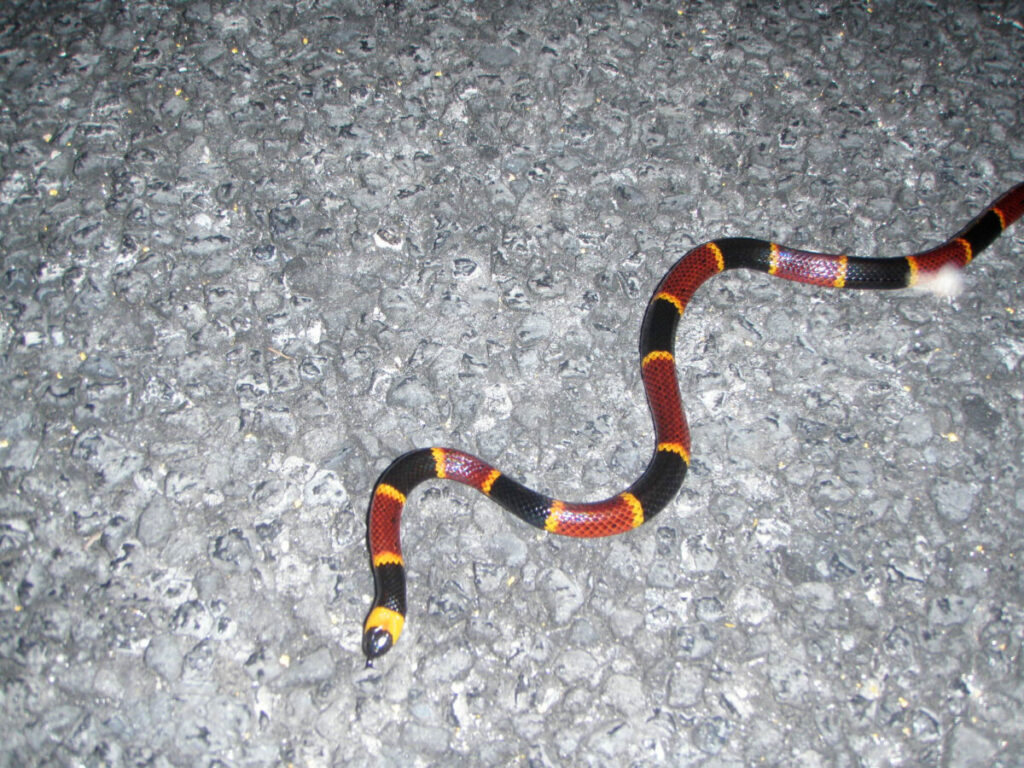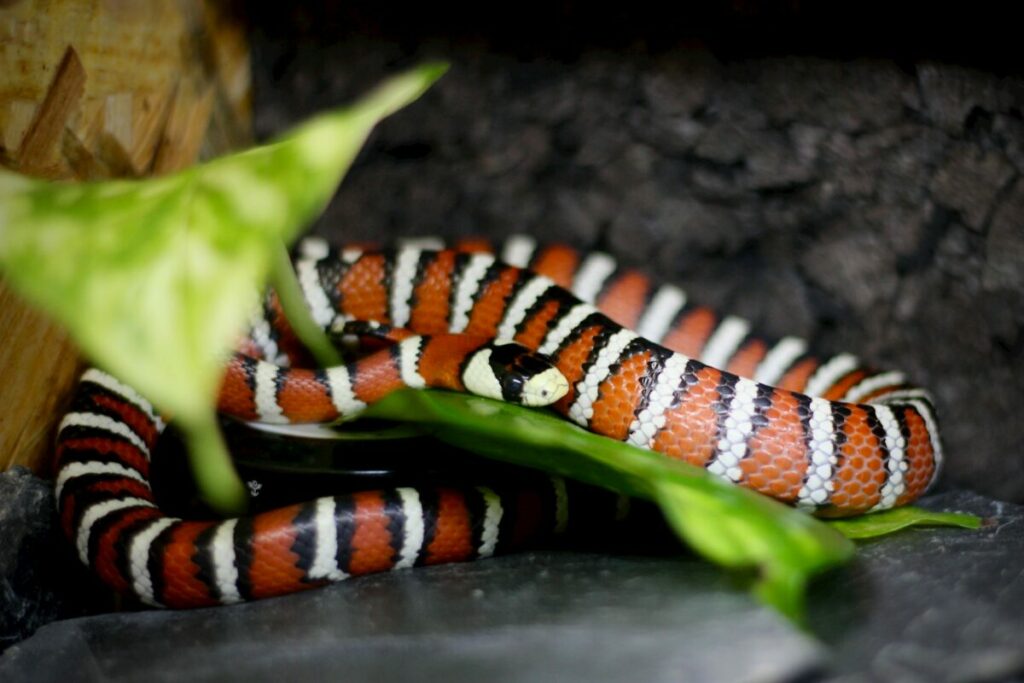Welcome to this intriguing journey where we’ll unearth the captivating secrets of desert snakes. The term “Desert Snake” isn’t limited to a single species; it encompasses several types of snakes that make the desert their home. In this article, we’ll learn about some of these unique creatures.
All about Rattlesnakes: The Most Famous Desert Snakes

When we think of desert snakes, the first name that might come to mind is the rattlesnake. Known for their lethal venom, rattlesnakes are creatures you would be wise to steer clear of. Multiple rattlesnake species are out there, each with its specific features. So, whether you’re a wilderness trekker or a desert dweller, having a keen understanding of these snakes can help you stay safe during your adventures.
Identifying Dangerous Desert Snakes

While all rattlesnakes share common characteristics, each species has its distinctive traits. Knowing these subtle differences can be crucial. If you’re visiting a desert or camping in the wild, you might want to study up on these snakes, equipped with proper descriptions and visuals.
The Coral Snake: A Small yet Deadly Desert Snake

Apart from the rattlesnake, another desert dweller to be wary of is the coral snake. Arizona and New Mexico serve as habitats for these creatures. Despite their small average size of around 14 inches, their venom is potent enough to bring serious harm. Particularly in the bite cases involving children, immediate medical attention should be sought.
The Art of Snake Identification

Identifying a coral snake is a real-life lesson in color coding. These snakes exhibit alternating bands of red, yellow, and black. A significant sign of their venomous potential is the touch of red and yellow marks. However, don’t confuse them with the harmless Arizona Mountain Kingsnakes. The key difference? The yellow and red bands don’t touch in the latter. It’s an excellent example of nature’s mimicry and mimicry’s role in survival.
The Kingsnake: An Unvenomous Desert Inhabitant

Moving on to non-venomous desert snakes, we encounter the Kingsnake. Devoid of any yellow or red bands, these snakes are primarily black and white. Instead of injecting venom, these snakes prefer the constricting strategy to kill their prey, typically feasting on lizards, other snakes, mice, and birds.
Living Harmoniously with Desert Snakes

- Keep your surroundings clean: To reduce the chances of encountering desert snakes, maintain a clean environment. Clear out clutter, which could provide hiding spots for these creatures.
- Store food and birdseed properly: Make sure you don’t unintentionally attract these creatures with easy access to meals.
- Keep a safe distance: If you stumble upon a snake, keep in mind they can strike from a distance about half of their length.
- Know when to seek medical attention: In case of snakebites, seek medical help promptly. Try to remember the snake’s appearance to help the doctor identify the type of bite.
In conclusion, understanding and respect for these desert dwellers can go a long way in ensuring our safety and theirs. Nature has endowed desert snakes with unique abilities and survival strategies, making them fascinating creatures worth studying.
Related Resources: